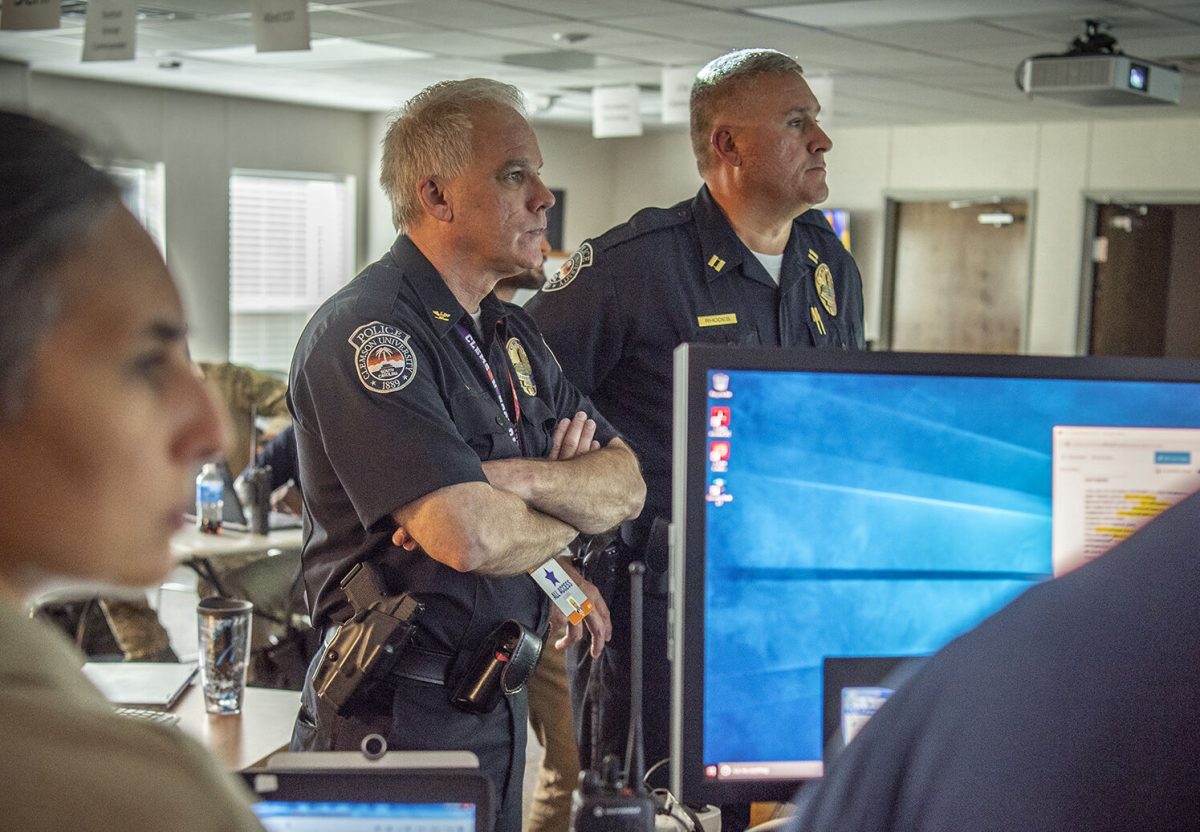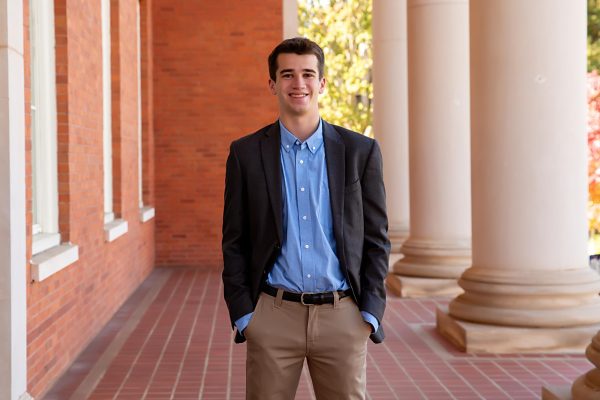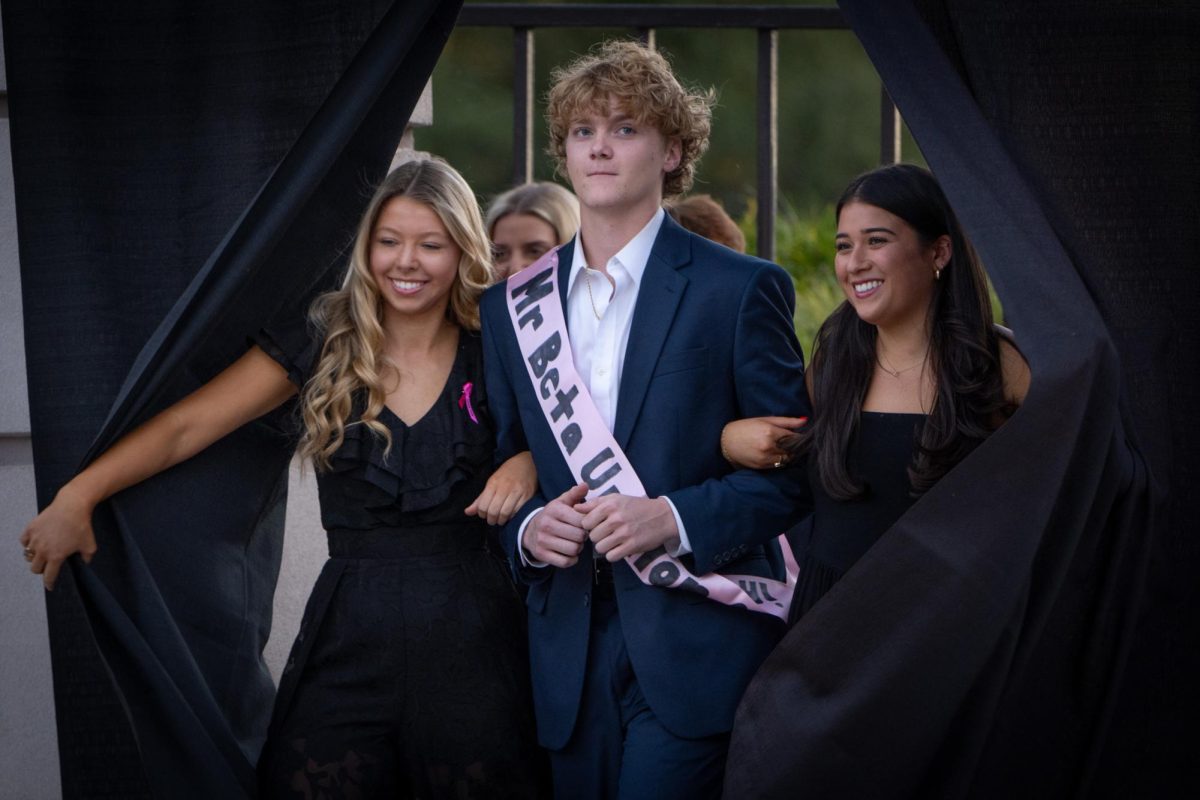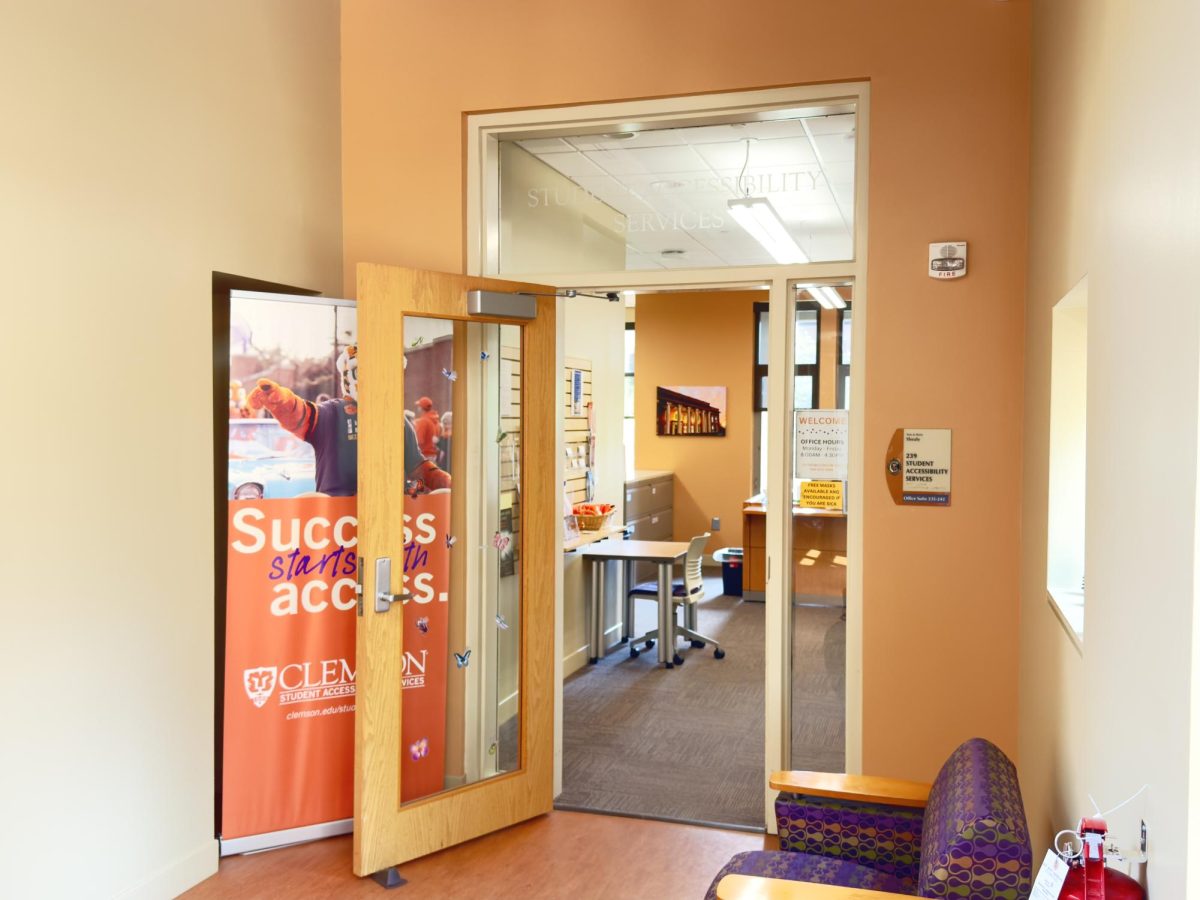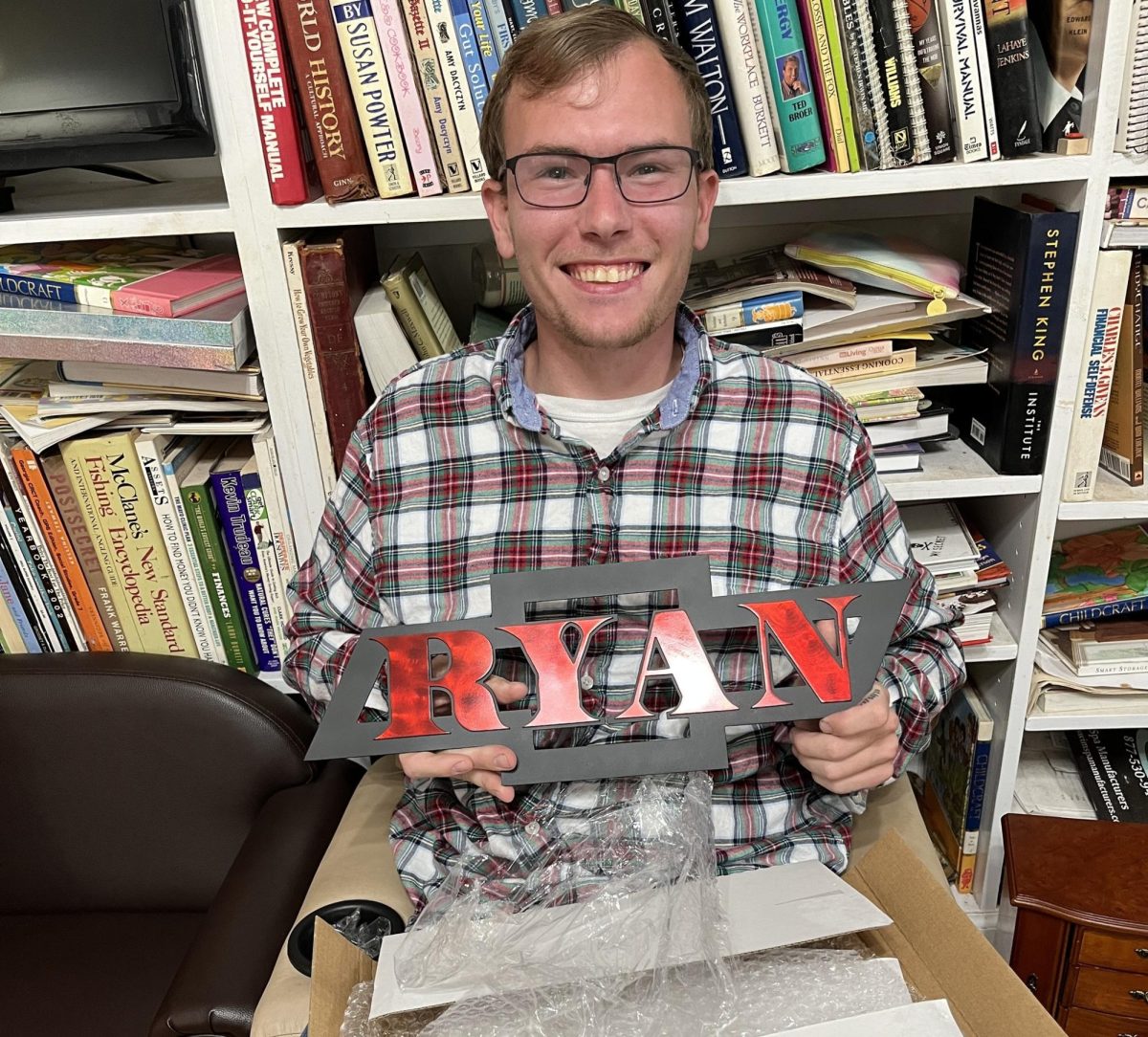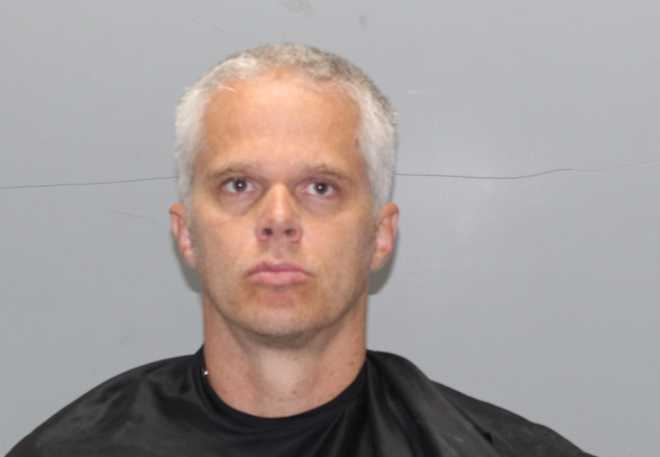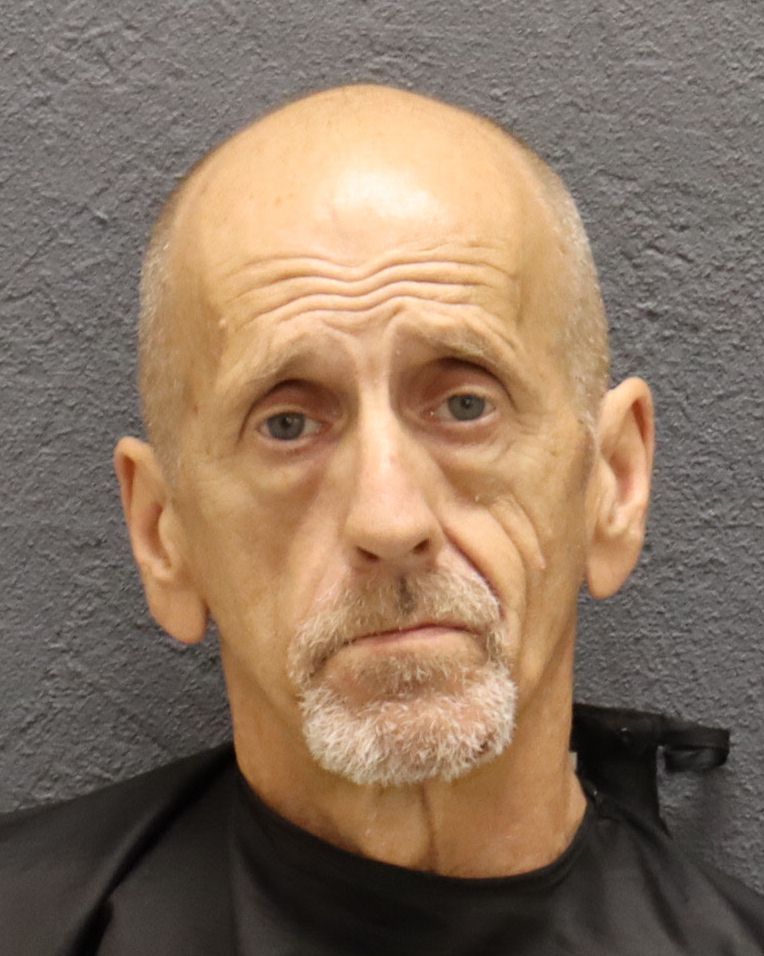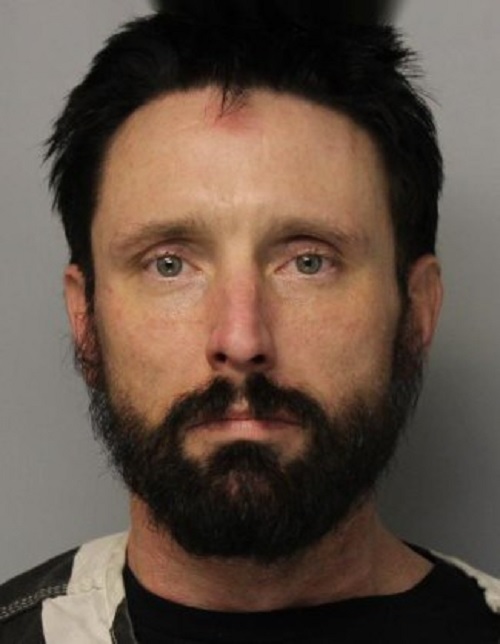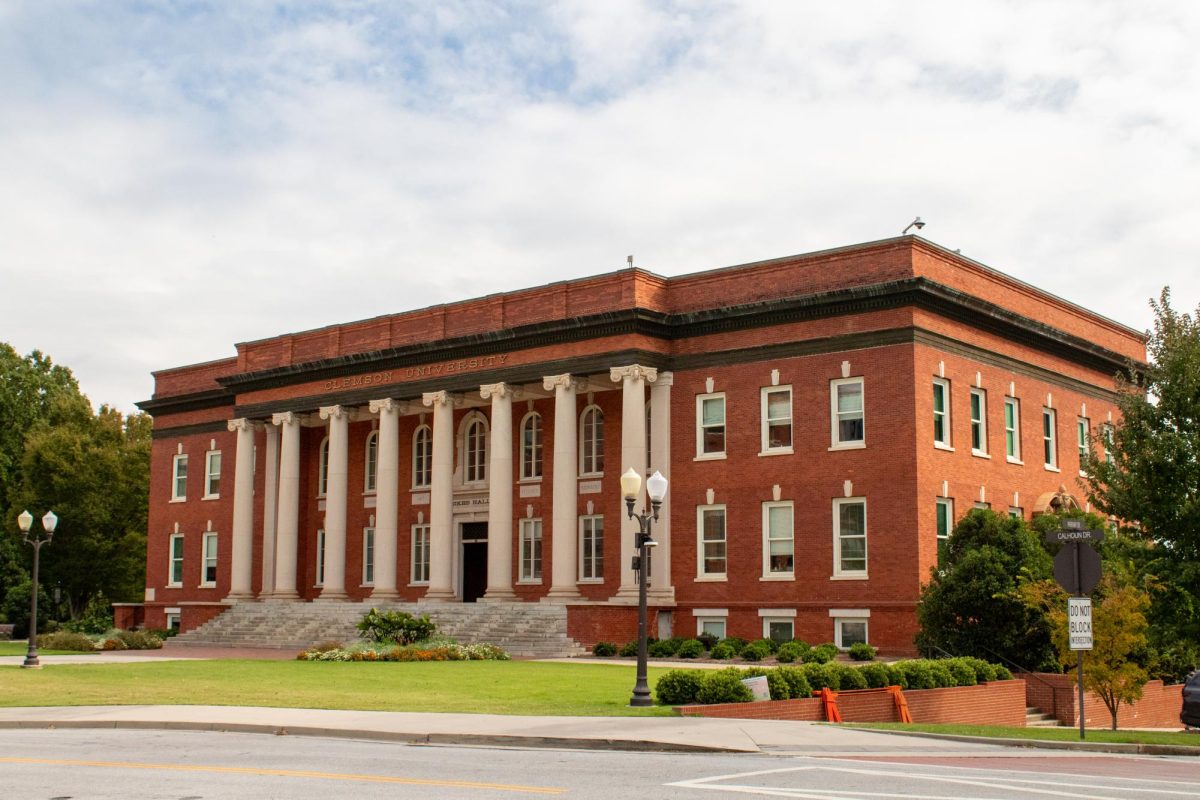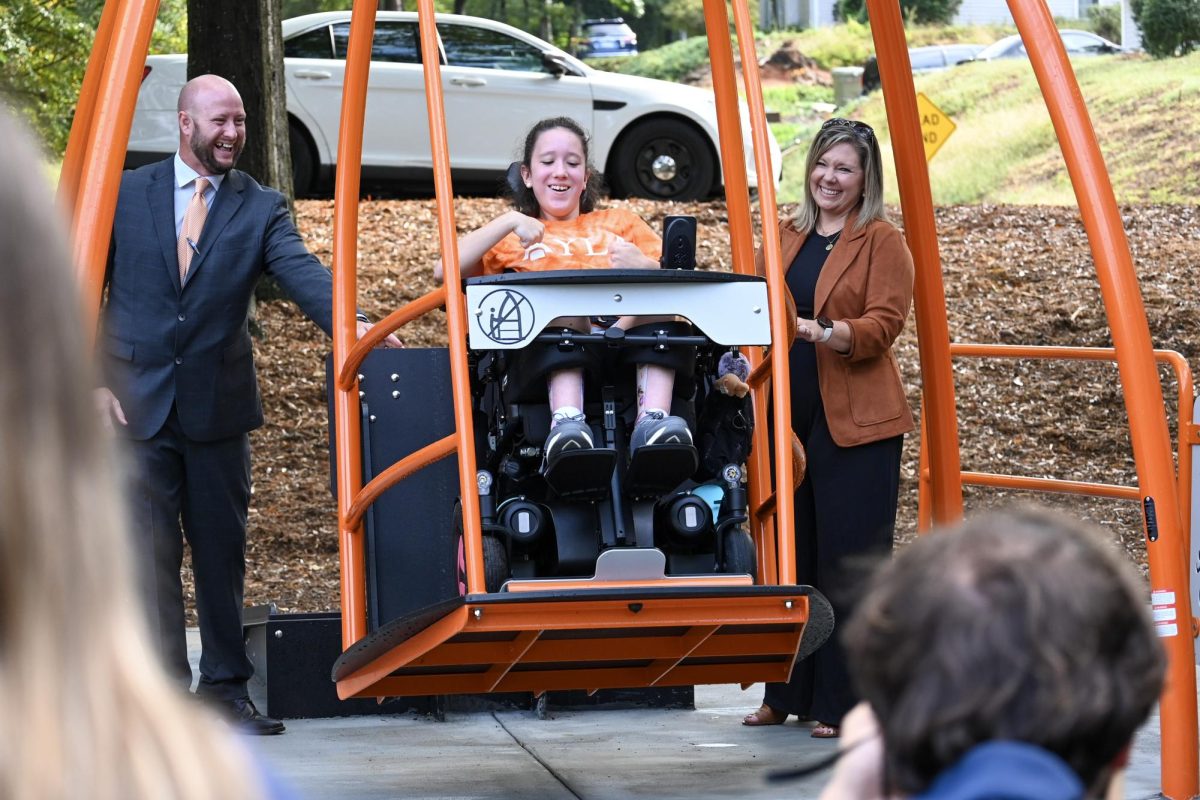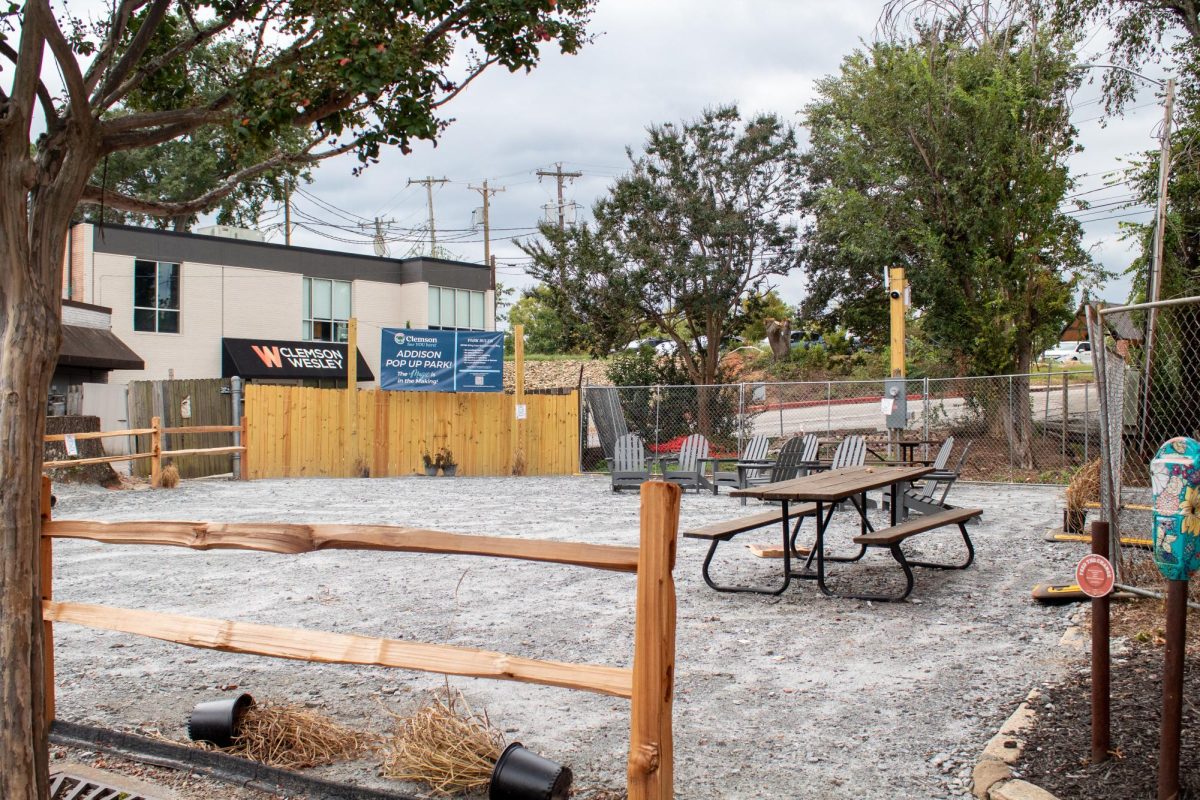Over the past several years, mass shootings have become one of the United States’ most hot-button issues, and Clemson University is not immune to the ongoing threat.
Clemson had a scare earlier this month when CUPD responded to a potential threat at Cooper Library and Cribb Hall, when a caller described seeing two individuals with weapons, according to a letter sent by Gregory Mullen, the University associate vice president for public safety and chief of police. The threat was later deemed false and a “swatting” incident, but other educational institutions have experienced the real thing this year.
First, February’s shooting at Michigan State University left three dead and five injured. Then an elementary school shooting in Nashville, Tennessee, left six dead in March.
All in all, there have been 172 mass shootings in 2023 as of April 25, at least 13 of which occurred at schools, according to The Gun Violence Archive, which defines a mass shooting as “a minimum of four victims shot, either injured or killed, not including any shooter who may also have been killed or injured in the incident.”
Aware of mass casualty occurrences across the country, Clemson University and the Clemson University Police Department are taking proactive measures to ensure students, faculty, community members and police officers are informed and trained in case there is an active threat.
Training and learning from recent crises
Mullen and CUPD are striving to be as prepared as possible by examining responses to other incidents across the country.
“Every time there’s a situation at another entity or another school, we’re looking at it to see what they did well and what we might do differently so that we can evolve as well,” Mullen said in an interview with The Tiger.
The last thing Mullen or CUPD wants is to have a situation like last year’s shooting in Uvalde, Texas, when it took more than an hour for police to confront and kill the gunman who took 21 lives at an elementary school, according to a Texas House committee report.
Mullen stated that the same situation that happened in Uvalde “cannot happen” with his officers.
“If you get there and you hear gunshots, I don’t care what you have to do; you get into that door. And that’s how we train our officers,” Mullen said.
To avoid such an incident, CUPD conducts realistic training exercises that simulate a real threat, often involving fake blood and other intense stimuli.
So far this year, 140 different CUPD attendees have completed over 1,400 training hours, 216 of which were for an “Active Threat/Tactical Medical” training session on Feb. 21, according to CUPD’s training dashboard. The department averages around 9,000 combined hours of contact training, according to Captain Christopher Harrington.
Mullen believes the training has been very effective when situations have arisen.
“I’m very happy to say that our officers, none of them have hesitated to do exactly what we teach them to do, which is once you get there, you go in and you assess the situation to see what’s going on,” Mullen said.
CUPD partners with national-level training entities like the Federal Law Enforcement Training Center, Department of Homeland Security and the South Carolina Law Enforcement Division, Harrington told The Tiger.
“We try to make sure that we’re very much ahead of the curve and try to be on the leading edge of some of those tactics and practices,” Harrington said.
The Commission on Accreditation for Law Enforcement Agencies also examines CUPD’s practices annually to ensure the department follows the best national practices.
Using technology to coordinate response
One proactive measure CUPD has taken is implementing technology to quickly and effectively respond to incidents.
Since Mullen arrived in Clemson in 2018, he has helped establish the security operations center, which streamlines communication between officers and security specialists. The center, stacked with monitors, is staffed 24/7 and allows real-time access to over 3,000 cameras across campus. When a threat is received, the center is immediately notified. Security specialists can then pull up cameras that look at the threat’s location and communicate information to responding officers.
Fully staffed since 2020, the center is a “force multiplier” for CUPD, according to Mullen.
“They’re able to give us real-time information that really allows us to respond quicker and respond with better information,” Mullen detailed. “Or they can either tell us that, ‘Hey, the information you’re getting is not true.’”
Along with the operations center, CUPD and the University installed classroom scanners earlier this year, preventing unauthorized access to classrooms. The new scanners are paired with lockdown buttons that, when pressed, deactivate TigerOne card access to the classroom and notify public safety officials of the lockdown. Once activated, only CUPD personnel will be able to reset the lockdown devices.
“We have seen time and again colleges and universities across the country are not immune to targeted violence, and this new technology is an enhancement designed to protect members of our University community from the potential for active threats,” Mullen told The Tiger in January.
Inside the mind of a first-responder
When it comes down to it, no training or exercise can truly simulate a real life-threatening threat, which is why Mullen and CUPD emphasize the idea of getting out of the “basement” in moments of crisis.
“As a police officer, whenever that call comes out, you’re going to go into the basement for a moment. Because while we train, and we teach, we talk about it, when it really happens, it’s just a different feeling,” Mullen said. “Unless you’ve been there, unless you’ve been on the other end of the radio, or the other end of the phone, when you get a call, and you say there’s a mass casualty or mass attack situation going on you, you can’t imagine what that will feel like.”
Mullen is no stranger to that “basement” feeling. He was the Charleston police chief when a gunman killed nine at a church in 2015.
“I think it’s a feeling initially of disbelief when you get the call. And having experienced that myself, that’s what I felt when I got the call. I couldn’t believe it,” Mullen said. “But then you automatically revert to your training. It’s like, okay, a lot of people are depending on me, a lot of people, their lives and their health and wellness depends on me, and I’ve been trained to do this.”
Community outreach and education
While Mullen and Harrington are confident they are prepared for any threat, they also acknowledged that, in an active situation, community members should be educated and prepared to act themselves.
One initiative they heavily endorse is Stop the Bleed, a national program that provides non-medically trained individuals information and education on applying basic trauma care to prevent blood loss.
Officers are trained to neutralize the threat before applying medical treatment, Mullen said, but they can toss tourniquet kits while going after an attacker. With proper training, those tourniquet kits can save lives.
CUPD also has an Active Shooter Preparedness page on its website that details good practices to cope with an active shooter. The main principle is the “Run, Hide, Fight” model developed by the Department of Homeland Security.
To help prevent a threat from getting past the first level of defense — the exterior of a building — Mullen doesn’t want people to circumnavigate safety protocols.
“Co-creating a campus that’s safe, it takes everybody to do that,” Mullen said. “I can have all the technology, I can have all the training, I can have all the response and preparations in place, and one person who props open that door has basically circumvented every piece of preparation that I have now.”
Mullen’s message to the community is to be prepared personally and take advantage of the training opportunities that CUPD offers.
“When we work together, we can make this campus so much safer than what we can do by ourselves,” Mullen added.



